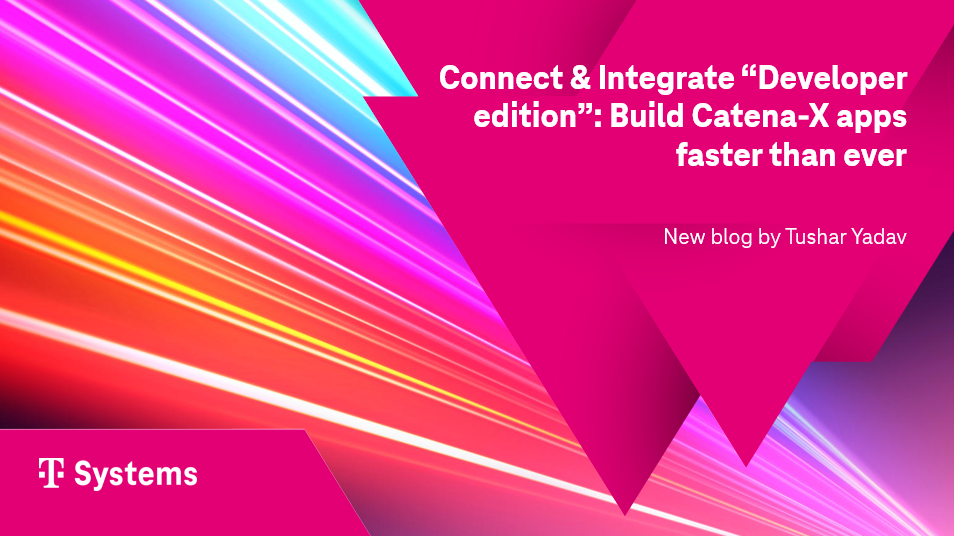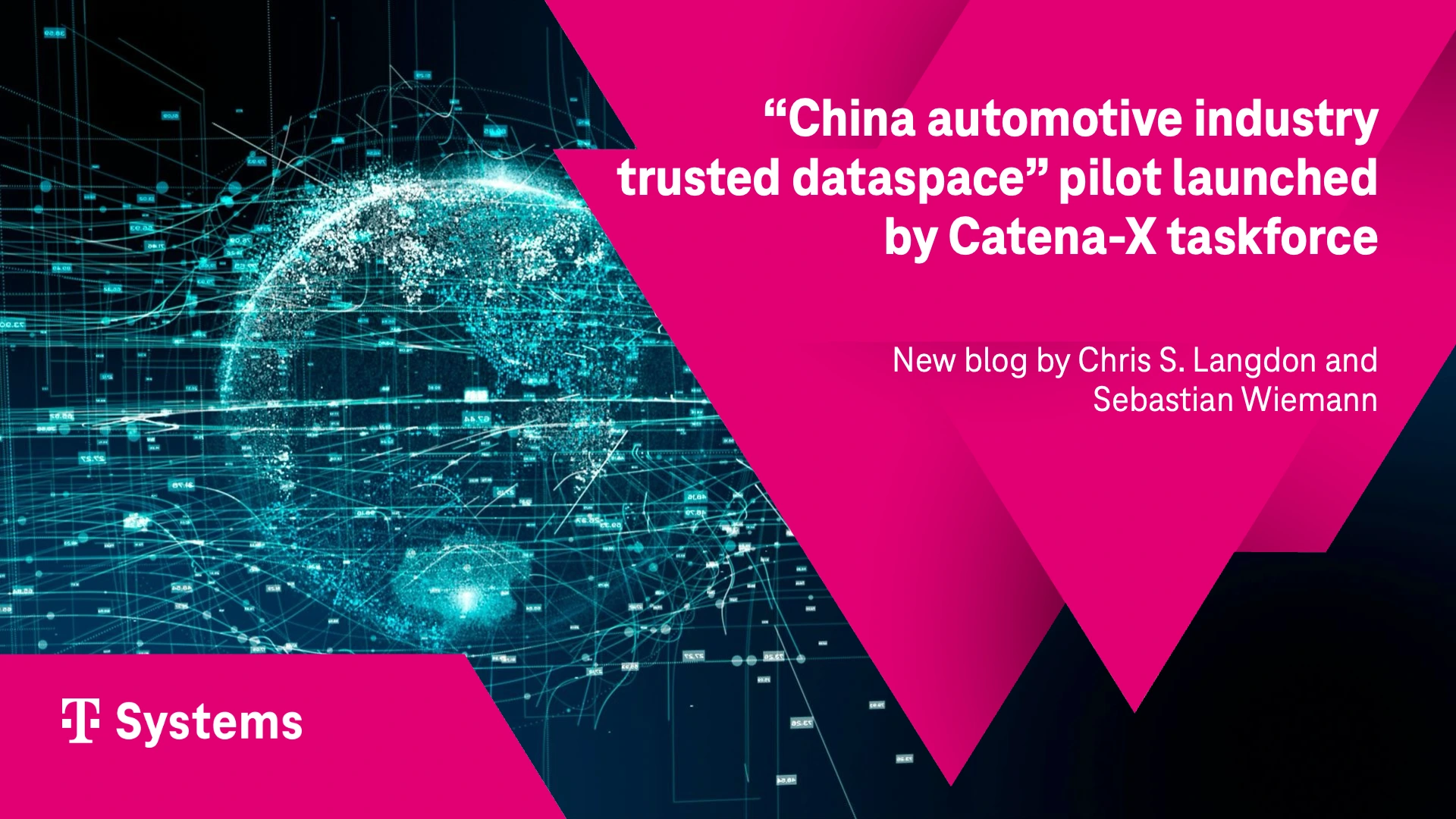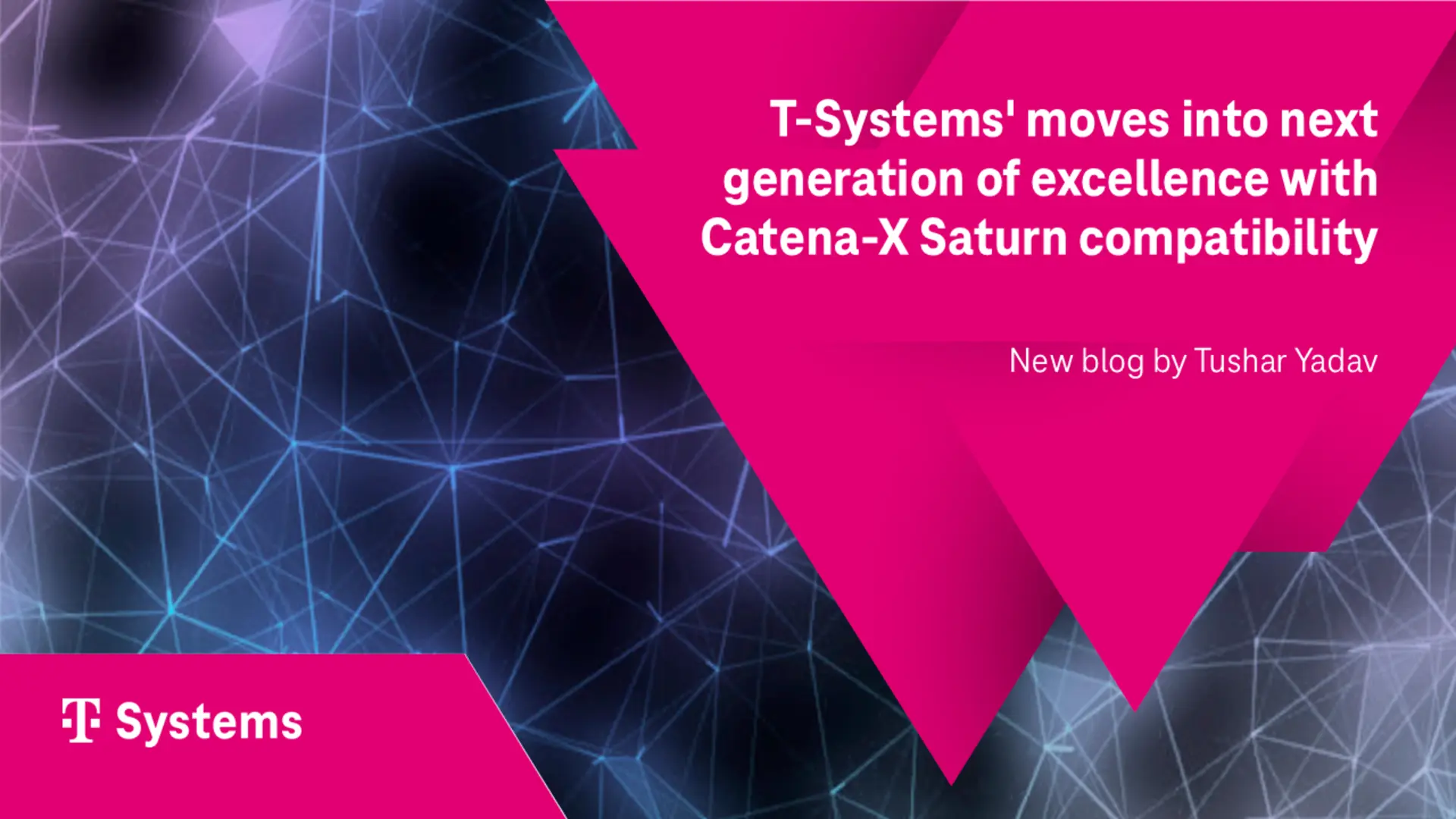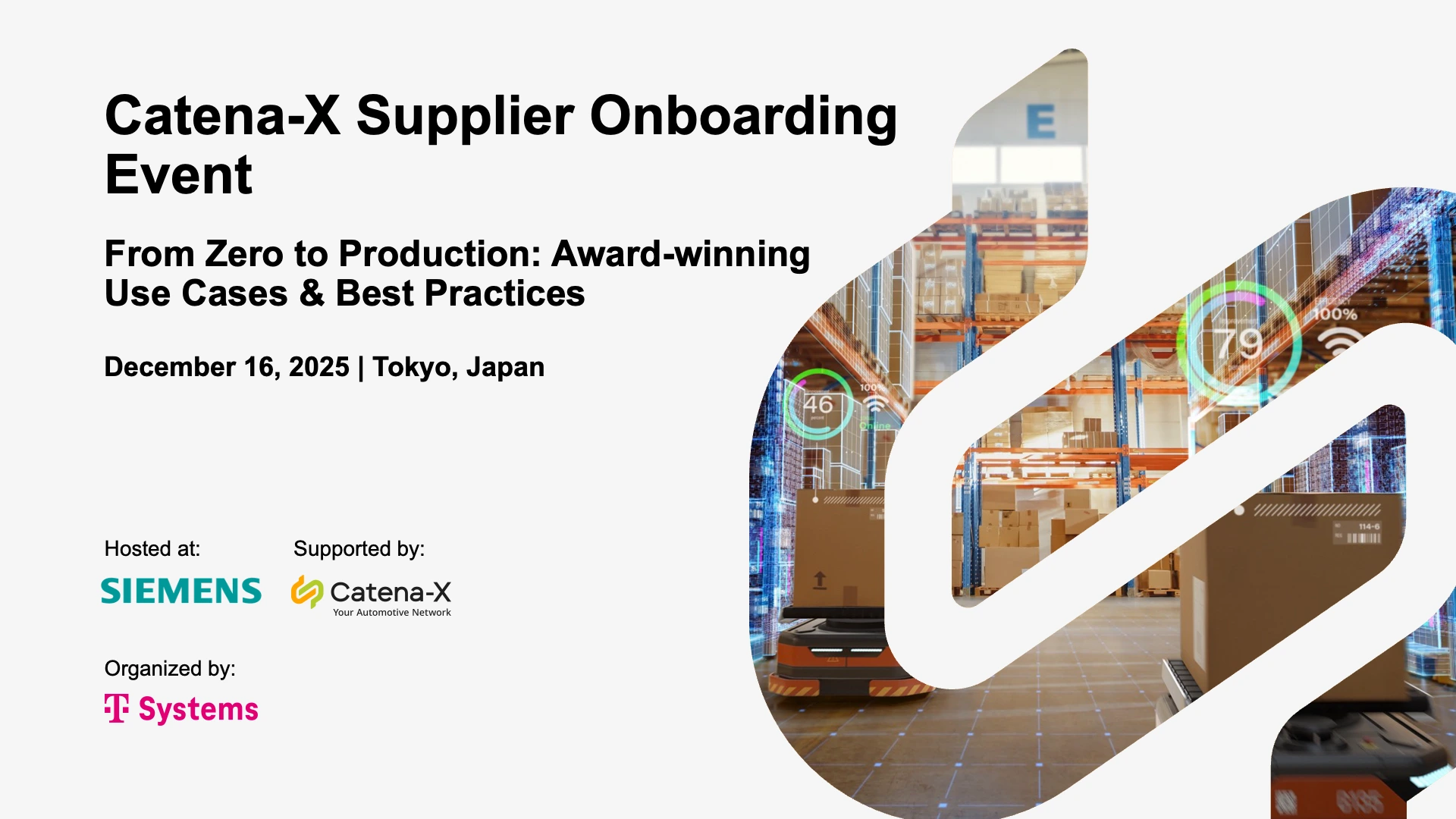Affective Computing
Glossary Page
A computing device equipped with the ability to detect and suitably respond to user emotions and other stimuli is what we refer to as affective computing. This capacity enables the device to gather emotional cues from various sources such as facial expressions, posture, gestures, speech, keystrokes force or rhythm, and even temperature changes of the user's hand on the mouse. All of these cues can signify changes in the user's emotional state, which can then be detected and interpreted by the computer. To accomplish this, a built-in camera captures images of the user, and algorithms are used to process the data into meaningful information. Besides, affective computing applications are exploring technologies such as speech recognition and gesture recognition.
http://whatis.techtarget.com/definition/affective-computing
Latest Webinars
Latest Articles

Connect & Integrate “Developer edition”: Build Catena-X apps faster than ever
T-Systems has launched Connect & Integrate “Developer edition”, a streamlined environment designed to accelerate Catena-X application development. By removing barriers such as connector setup, compliance alignment, and semantic validation, the platform provides out-of-the-box connectivity with Catena-X–compliant APIs, guided workflows, and built-in compliance tools. Developers gain immediate access to secure, standardized data exchange without managing complex infrastructure, enabling them to focus on building innovative solutions across key use cases like traceability, carbon footprint, and demand management. Positioned as an innovation catalyst, the “Developer edition” empowers startups, integrators, and enterprises to rapidly deliver production-ready applications and drive Catena-X adoption across the automotive value chain.
Read more

Tushar Yadav
Dec 15, 2025

“China automotive industry trusted dataspace” pilot launched by Catena-X taskforce at IAA Mobility Munich
The Catena-X taskforce, together with CAAM, launched the “China Automotive Industry Trusted Data Space” pilot at IAA Munich, enabling secure, compliant, and scalable local data exchange for Chinese OEMs and suppliers, starting with Certificate Management. Early results show faster, traceable, and machine-readable certificate transactions, laying the foundation for future quality, sustainability, and PCF use cases.
Read more


Chris S. Langdon, Sebastian Wiemann
Dec 12, 2025

T-Systems' moves into next generation of excellence with Catena-X Saturn compatibility
T-Systems’ Connect & Integrate solution is now fully compatible for the latest Catena-X “Saturn” release, effective November 25, 2025. This milestone enhances secure, cross-company data exchange in the automotive industry by introducing updated standards, stronger interoperability, and robust policy management. Saturn certification enables participants to confidently adopt Catena-X use cases ranging from certificate management to advanced traceability and carbon footprint tracking. With backward compatibility, cloud-agnostic design, and vendor independence, Connect & Integrate ensures scalability for SMEs and global enterprises alike. T-Systems provides expert guidance to support smooth migration from the previous “Jupiter” version, empowering organizations to unlock the full potential of Catena-X Saturn.
Read more

Tushar Yadav
Dec 05, 2025





